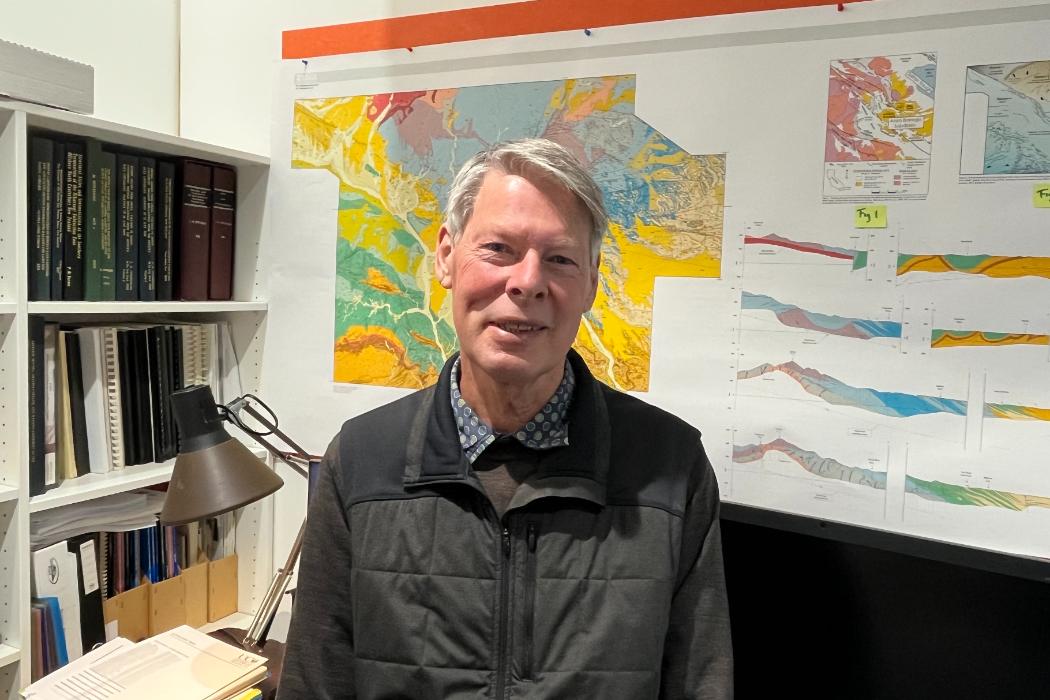Now a lecturer in Zoology at the University of Pretoria in South Africa, Dr Wege says the interesting part of their findings relates to how climate change will affect breeding locations differently.
“Because of climate change, in addition to having less food, crabeater seals will be increasingly challenged to find a place to rest and raise their young. Surprisingly, Weddell seals are expected to be minimally affected, which is the opposite of what is happening elsewhere around Antarctica.”
The study’s goal was to use these two unique datasets, created in New Zealand by University of Canterbury scientists, as part of a set of monitoring techniques for marine protected areas in the remote and mostly ice-covered Southern Ocean to conserve seals and other wildlife.
These findings provide “evidence that different species will be exposed to impacts from climate change differently,” says the principal investigator of the study, Dr LaRue from the University of Canterbury School of Earth and Environment.
“Our takeaway message is that if we want to mitigate population declines for ice-loving seals as the climate continues to warm, we need to be working now to set aside marine protected areas to ensure longevity of these species and their ecosystems,” Dr LaRue says.
Dr Wege says the findings shed light on how these marine predators respond differently to climate change based on their unique ecologies. “Most importantly, our study again shows how these species can provide information about the entire ecosystem, and how valuable they are as sentinel species, especially when we are thinking of ways to monitor the effectiveness of marine protected areas. They certainly are more than just cute faces.”
Life on the Ice
The research team’s results point to the specialist nature of the crabeater seals making them more vulnerable to climate change impacts. Crabeater seals prefer to breed on the unstable and short-lived ice drifting on the sea, called pack-ice. They raise pups on these ice floes in the middle of the ocean – when pack-ice melts, that’s less space to raise their young. Weddell seals breed on fast-ice, which is ice fastened to the Antarctic continent – a more stable breeding platform.
Crabeater seals are picky eaters, most of their diet (>90%) consisting of Antarctic krill. If climate change affects the seals’ prey in the ocean, crabeater seals are more likely to suffer. Crabeater seals can’t switch to eating anything other than krill. Evolution has made them a specialised predator. Their teeth are shaped to be perfect sieves for krill. The unstable ice floes and specialised diet together are not good signs for the future of the species. Although the Weddell Sea is not as harshly affected by climate change as the Antarctic Peninsula, current research shows that even in this relative haven crabeater seals are already at risk of losing breeding and feeding habitat.
Weddell seals are more flexible in their diet, eating fish, krill, and squid. Their presence is mostly influenced by non-climate related factors such as distance to the continental shelf where prey tend to aggregate. The Weddell Sea may still have enough food resources to sustain the current populations of Weddell seals.
“Clearly, any planning to protect the Southern Ocean ecosystem should take into consideration these differences. There are no easy answers,” says study collaborator Dr Leo Salas from Point Blue Conservation Science, a non-profit organisation in California, United States, dedicated to developing climate-smart science for conservation.
Global leaders are considering protecting over 2.2 million sq km of the Weddell Sea in October at the Commission for the Conservation of Antarctic Marine Living Resources (CCAMLR) annual meeting.
- The research article ‘Ice matters: life-history strategies of two Antarctic seals dictate climate change eventualities in the Weddell Sea’ was published 7 September 2021 (Wed 8 Sep NZTime) in Global Change Biology: https://doi.org/10.1111/gcb.15828








.jpg)



